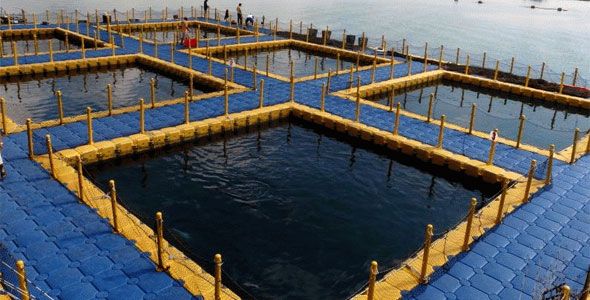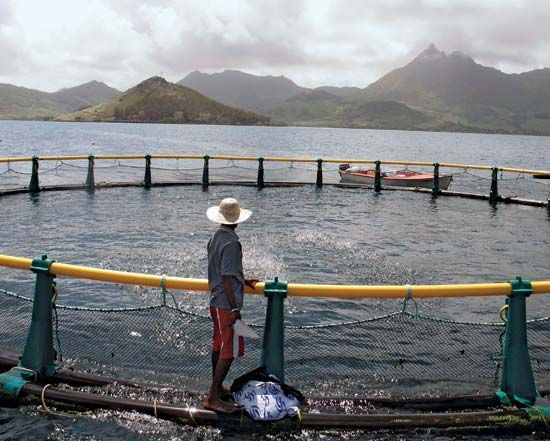How to breed saltwater fish
Saltwater fish are those that live in salt water of ocean as well as salt lakes. There are more than 50 most preferable species of captive saltwater fish. Most common are clownfish, angelfish, butterflyfish, damselfish, tangs etc. To be bred successfully, they require tank conditions close to natural, water chemistry first and foremost, and careful attention to physical and behavioral peculiarities of certain species. There is some common information for those who want to start saltwater fish breeding. To learn more about particular species, you need to go to the source dedicated to it.
Make sure you have parent individuals
Fish gender is usually not easy to determine. Some fish have more or less significant size/color/shape differences between male and female ones, e.g. angelfish.
Fascinating fact is that many of saltwater fish species are able to change their sex to meet community needs, in case there is a same sex group. For example, all clownfish youngsters are male, and the dominant one switches its sex to female closer to fertile age.
Anyway, raising a group makes it more possible to find compatible breeding couple, as long as some fish are monogamous.
Breeding strategies of salwater fish

Livebearing, when female gives birth formed young after internal fertilization, is a rare phenomenon (about 5% of all species) and more common among freshwater fish. Some kinds of marine fish, such as sharks, breed this way.
The overwhelming majority of saltwater fish breed by egg laying. Egg-layers fall into four groups: scatterers, substrate spawners, bubblenest builders, and mouthbrooders. Some of saltwater fish are substrate spawners, which means they lay eggs on one or the other kind of substrate. The surface used for this can be any plant, stone or anything, even aquarium walls. The female lays eggs and then the male fertilizes them externally. But many of marine fish lay pelagic eggs, which floats in sea water mixed with plankton. When their eggs grow into larvae, they are able to eat small plankton particles and grow into adult fish.
Conditioning before spawning
Having sexually mature couple in a tank is not always enough for breeding. To make successful spawning possible, there are some conditional factors that are required on preparatory stage. The following living conditions highly affect the result:
The water in a tank is extremely clean. Slight chemical or microbiological imbalance may be acceptable for adults themselves, but it serves as a sign of bad conditions to spawn.
Environment is similar to natural as much as possible, including shells, stones and seaweed. This stimulates natural biological behavior including hiding, breeding etc.
Nutrition is rich and varied. Besides impact on health, it’s also a sign that there are good time for reproduction.
External triggers. Also individual and diverse. For example, some tropical fish (not always saltwater) need rain and thunder to start spawning. Or the mate pair needs some “rest” from each other. Search for the conditions your saltwater fish may require. It may be level of light, or additional plants, or whatever.
How to keep babies healthy, safe and sound
 It was mentioned that many saltwater fish larvae eat plankton. Some special mixes of commercial foods, highly chopped invertebrates and ciliates are also good for the youngsters. Feeding fry is much different from adult fish.
It was mentioned that many saltwater fish larvae eat plankton. Some special mixes of commercial foods, highly chopped invertebrates and ciliates are also good for the youngsters. Feeding fry is much different from adult fish.
Every step of their lives would be a lot safer if you start with buying a breeding tank. There are some essential reasons for it:
- Privacy. Spawning is the process that requires fish to feel safe. Densely populated tank may be inconvenient in many ways. Use the breeding tank for the process and remove the parents after everything is done (see p. 2)
- Aggression. Lots of tank fish find eggs and fry delicious. As long as most saltwater species aren’t concerned with babycare, new generation have no chances. The little ones occasionally appeared in a tank are usually eaten.
- Ecology. Eggs and fry are much more sensible to any environmental factors. They need water cleaner and more chemically balanced then mature fish. Salinity and temperature should be optimal and constant.
